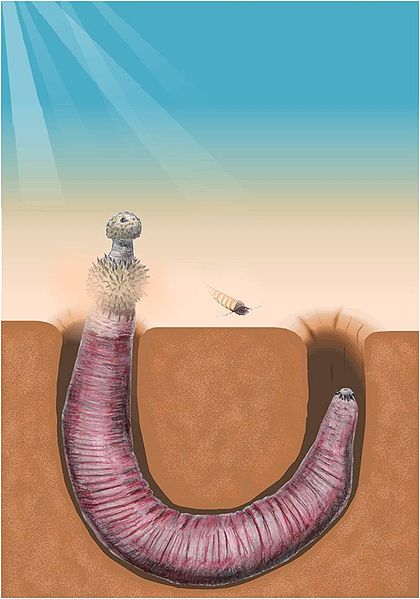We're open daily! View holiday hours
Science News
Worm Delight!
January 4, 2013

For our first science news round-up of 2013, we’ll focus on worms—the good, the hungry, and the productive!
This week the New York Times featured a story about local worms—in fact, a whole farm of them in Sonoma. Why a farm? To reduce waste from dairy animals such as cows and turn it into something useful—like healthy soil. The red wiggler worm creates a “vermicompost,” as it’s called, that adds nutrients to soil and can reduce disease in the plants that find their roots covered in it.
Pretty nifty! But our vermicomposting friends sound pretty low-tech compared to the earthworms that can produce cadmium telluride quantum dots that highlight cancer cells. What the…?
New Scientist explains cadmium telluride quantum dots:
These quantum dots have been used to improve the efficiency of solar panels and build high-tech display screens. However, to be able to use them in the body—to track cancer cells, for example—intricate and expensive chemical processes are required that can reduce the dots’ luminescence.
Publishing in Nature Nanotechnology, a team of British scientists have found that by mixing the right chemicals—cadmium chloride and sodium tellurite—in soil and dropping earthworms in, the worms, in their normal processes, are able to produce the quantum dots. Carl Zimmer describes it in his blog at National Geographic:
The worm-fashioned quantum dots played nicely with living cells, the scientists found. They could use the dots to make cancer cells shine amidst a background of ordinary tissue.
Well done!
Now for something completely different… Well, still in the worm vein—except penis worms are really entirely separate beasts, living fossils that date back to the Cambrian period.
Despite being over 500 million years old, this phylum with the snicker-inducing (albeit apt) name still has a lot to teach scientists. Last fall, researchers argued that an entire branch on the tree of life may need to be redefined due to penis worms’ gene-expression data.
Then, last week, scientists publishing in PLoS One determined that the earliest penis worms consumed just about anything and everything. Fossils of Ottoia prolifica often are found with their gut contents preserved, and, in this case, providing evidence of an extremely varied diet. National Geographic has a detailed list and creepy video of Ottoia’s modern-day relatives. (Don’t view at the dinner table.)
As we worm our way into 2013, let’s not forget our invertebrate friends!
Ottoia image: Smokeybjb/Wikipedia